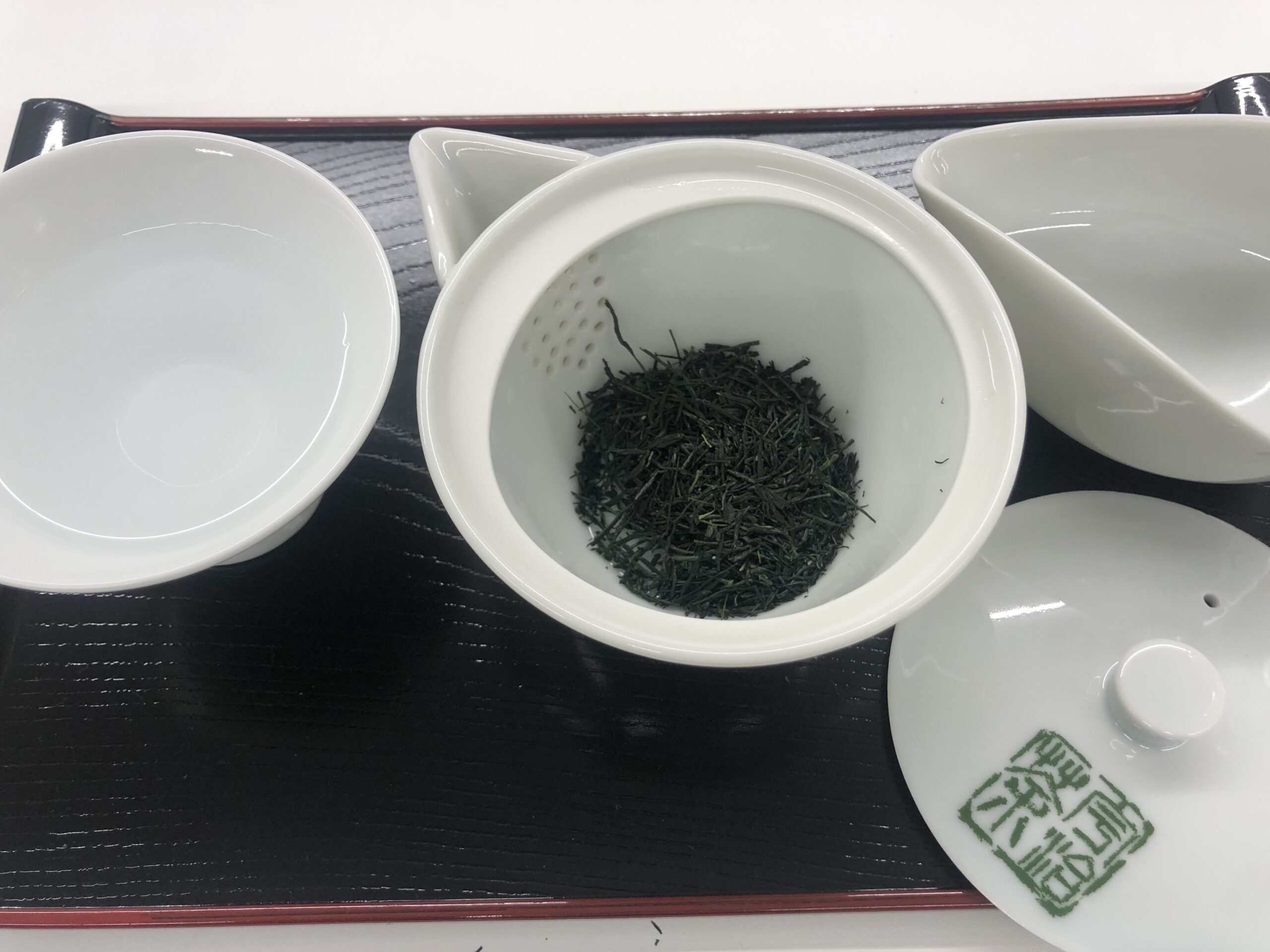November usually marks the end of the harvesting season and the beginning of the resting period for tea. This gives time to take a break and to look back on the year so far. The Japan Tea Industry Central Association has done just that and selected 5 people as tea industry achievers for 2022. The list includes high figures in various local government tea agencies of Kagoshima and Kyoto.
With more attention being paid to the promotion of Japanese tea abroad, Mie Prefecture has set their eyes on the Middle East. They have invited social media influencers from Saudi Arabia to help promote the local tea brand – Isecha across the region.
Having more time at hand, November was also filled with many important tea events. On 19th-20th November the National Tea Festival was held in Uji City, Kyoto as an extension and celebration of the National Tea Competition held in Kyoto earlier this year. Usually the Competition and the Festival rotate between tea producing regions and this year it was held in Kyoto after a nine year break. On 10th November the National Tea Hand-Rolling Competition took place in Fujieda City, Shizuoka. 26 teams from all around Japan took part and the winner was a team from Saitama. On 5th-6th November Jikocha Summit – an event entirely dedicated to Japanese black tea – wakocha, took place in Minami Kyushu City, Kagoshima. 36 producers from all around Japan came to exhibit their teas.
After a two year break, Kyoto has also renewed its tradition of holding the Citizens Grand Tea Ceremony at the Nijo Castle. Between the end of October and the beginning of November, four prominent tea schools in Kyoto held their tea ceremonies for the locals. To commemorate the 350th anniversary of the death of Zen Master Ingen, who is credited with bring loose leaf tea to Japan, as well as 50th anniversary of normalization of diplomatic relations between Japan and China, Manpukuji temple in Uji, Kyoto is exhibiting an impressive display of giant illuminated lanterns.
In November there were also several new tea product developments. In Saitama, Iruma City Tea Industry Association and Kirin Brewery have started working on the mix of Japanese shochu and Sayamacha. In Kochi, producers of the local brand Tosacha have created a new teabag to be specially used inside personal bottles. The bag consists of local tea, buckwheat and mulberry leaves and can be left inside a bottle for a long time without any worry. In Kakegawa City, Shizuoka a tea company launched fukamushicha aged in a tunnel to bring out deep richness and sweetness. After the war a route connecting Shizuoka and Nagano was planned, but never finished, and the tunnel is now being used as a private cellar.
The weather is cooling and winter is approaching. Hopefully this will invite more warming Japanese tea into the cups.
*The article is based on the Japanese media articles:
- Tea Ceremony in Kyoto: Tea Ceremony for Citizens in Kyoto, Kyoto Shimbun 2022.10.30
- Aiming to spread Ise tea in the Middle East through female influencers in the UAE, Asahi Shimbun 2022.11.01
- Obaku Lantern Festival” at Manpukuji Temple in Uji, Japan, Asahi Shinbun 2022.11.05
- Tea Producers Gather at the National Summit in Minami-Kyushu City to Compare Domestic Black Teas, Asahi Shimbun 2022.11.07
- 26 teams compete in the national competition of handmade tea, Mainichi Shimbun 2022.11.11
- Deep steamed tea matured in a tunnel “Deep richness and sweetness” Kakegawa company launches, Mainichi Shimbun 2022.11.11
- Japan Tea Association selects five people and one organization as tea industry achievers, Chunichi Shimbun 2022.11.16
- Proposal to split shochu with Sayama tea, Kirin Brewery and Iruma City Tea Industry Association, Nikkei Shimbun 2022.11.16
- The blending power that created the tea bag, which remains unchanged even after a day in my bottle, Asahi Shimbun 2022.11.19
- Uji Town to be filled with tea, “Festival” to be held until today, Mainichi Shimbun 2022.11.20

